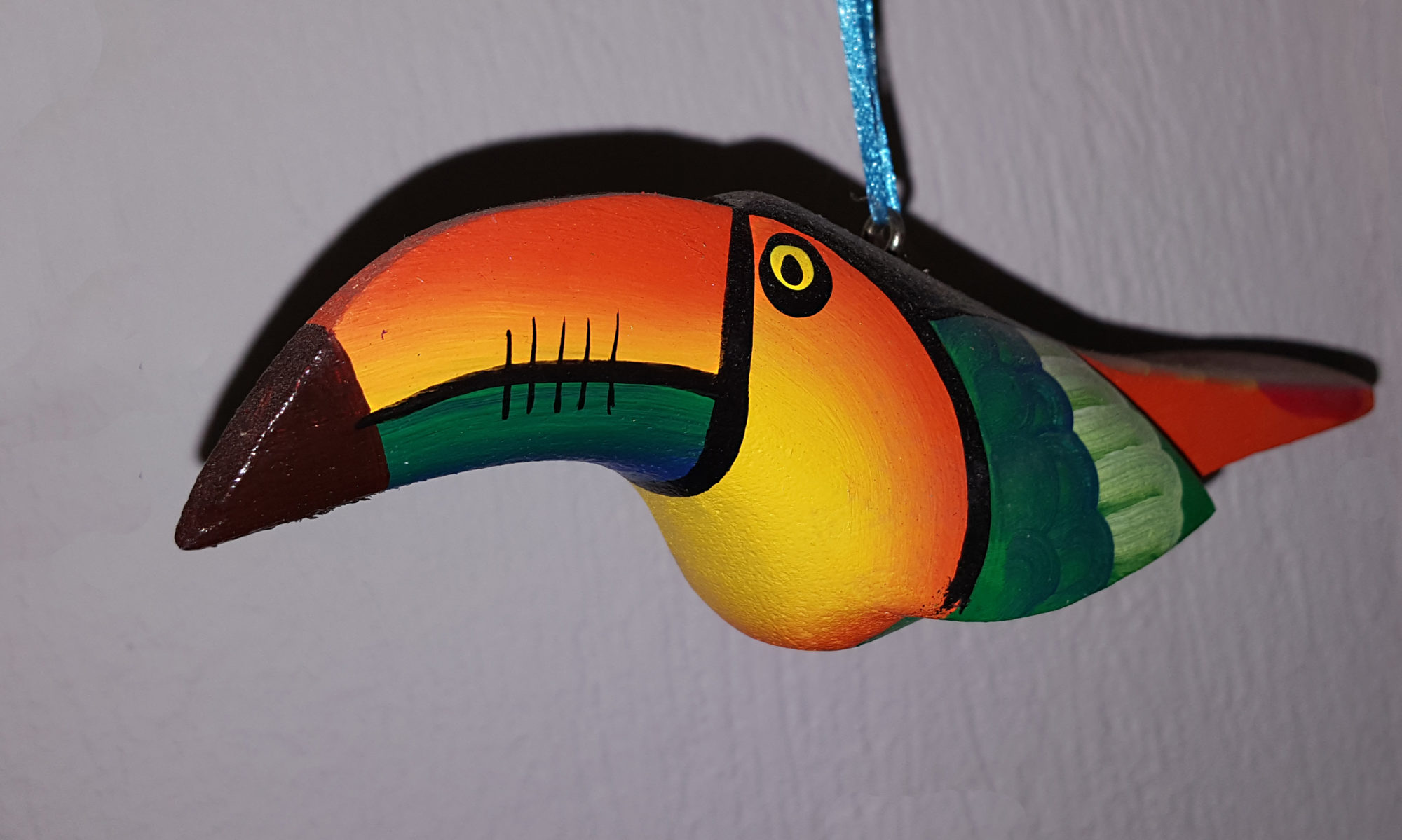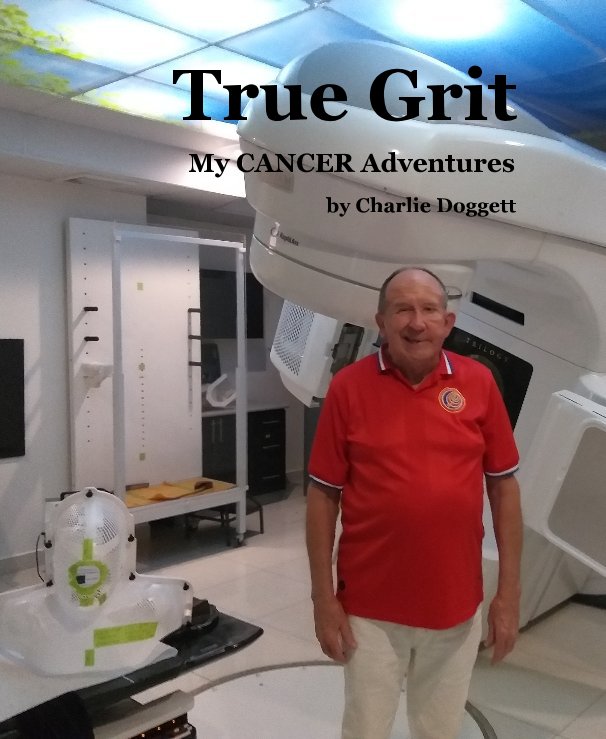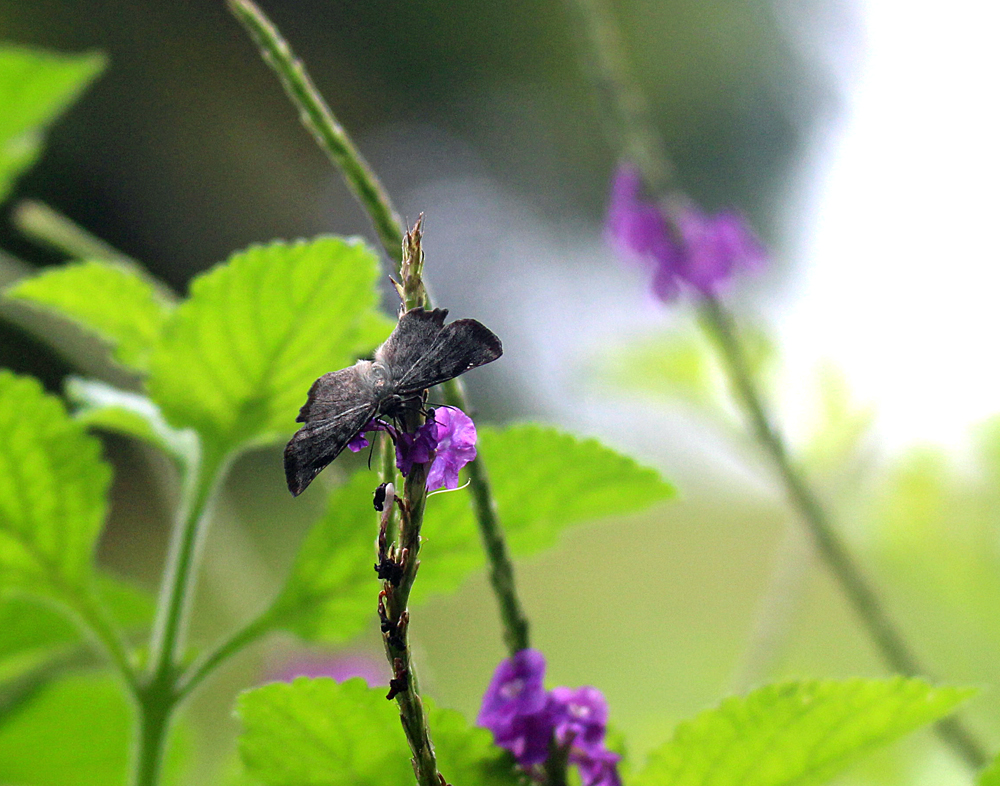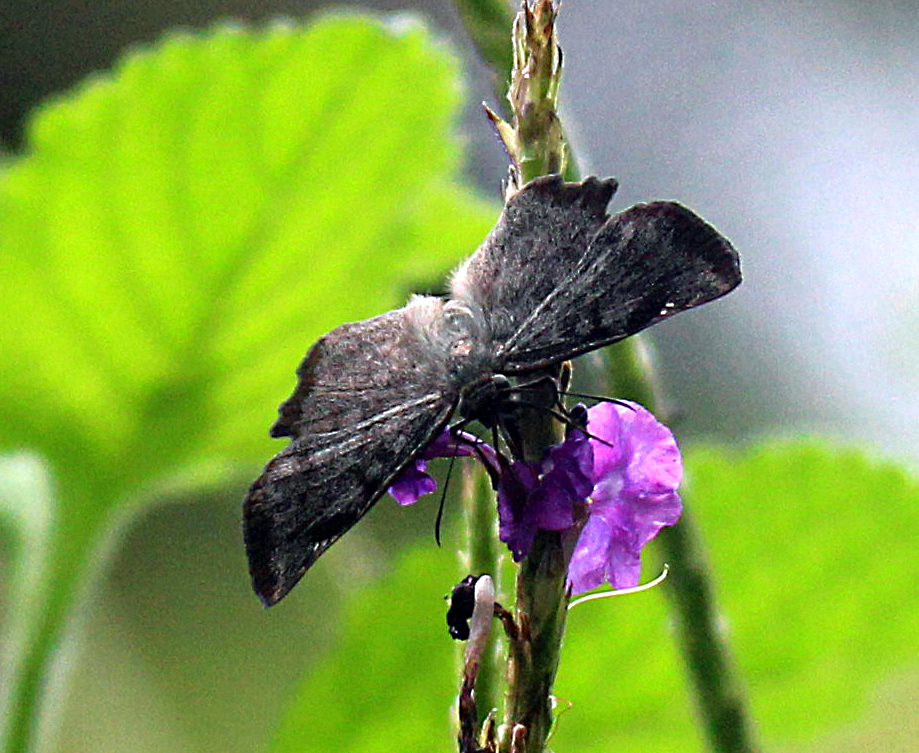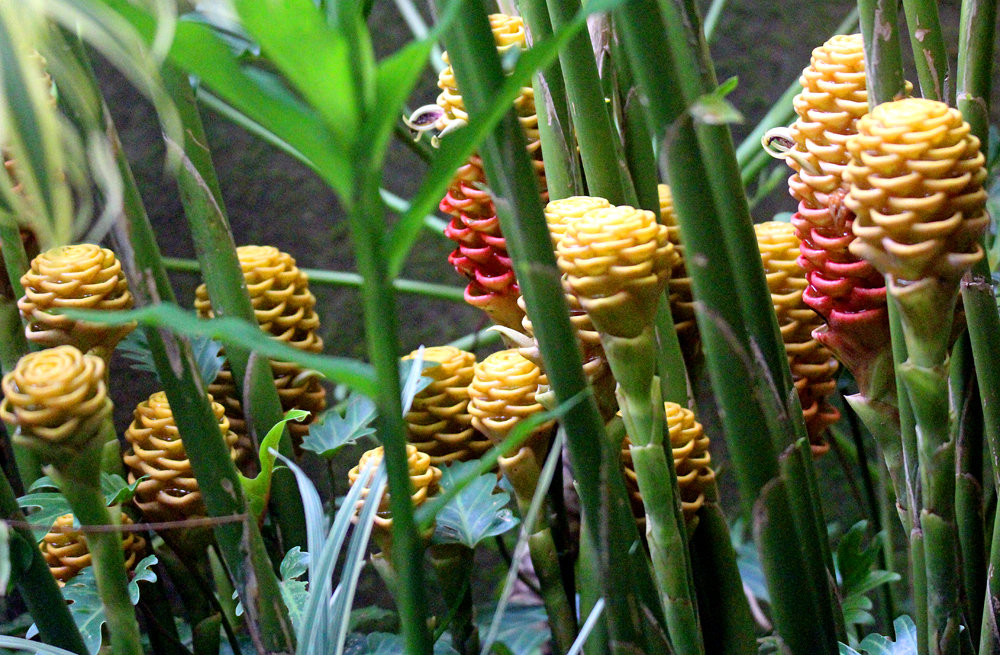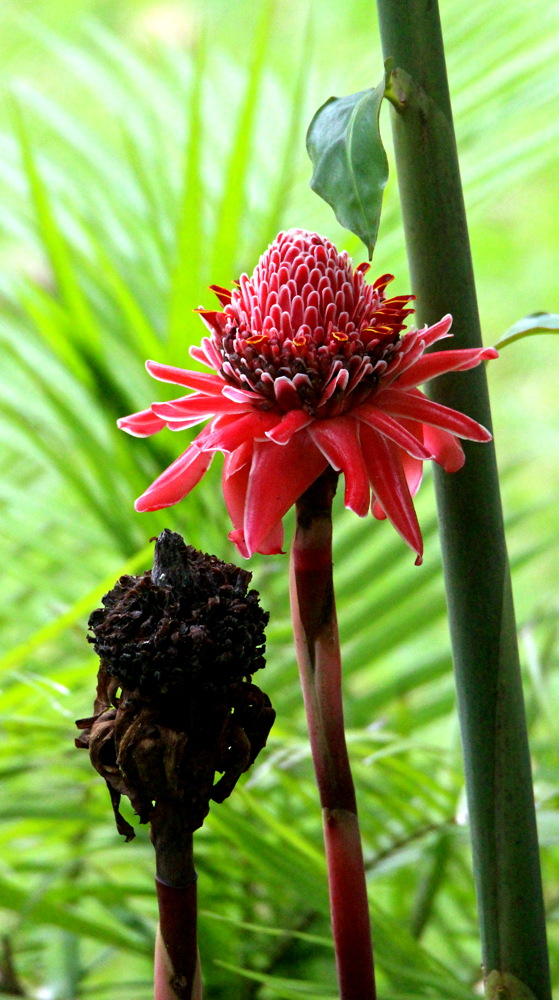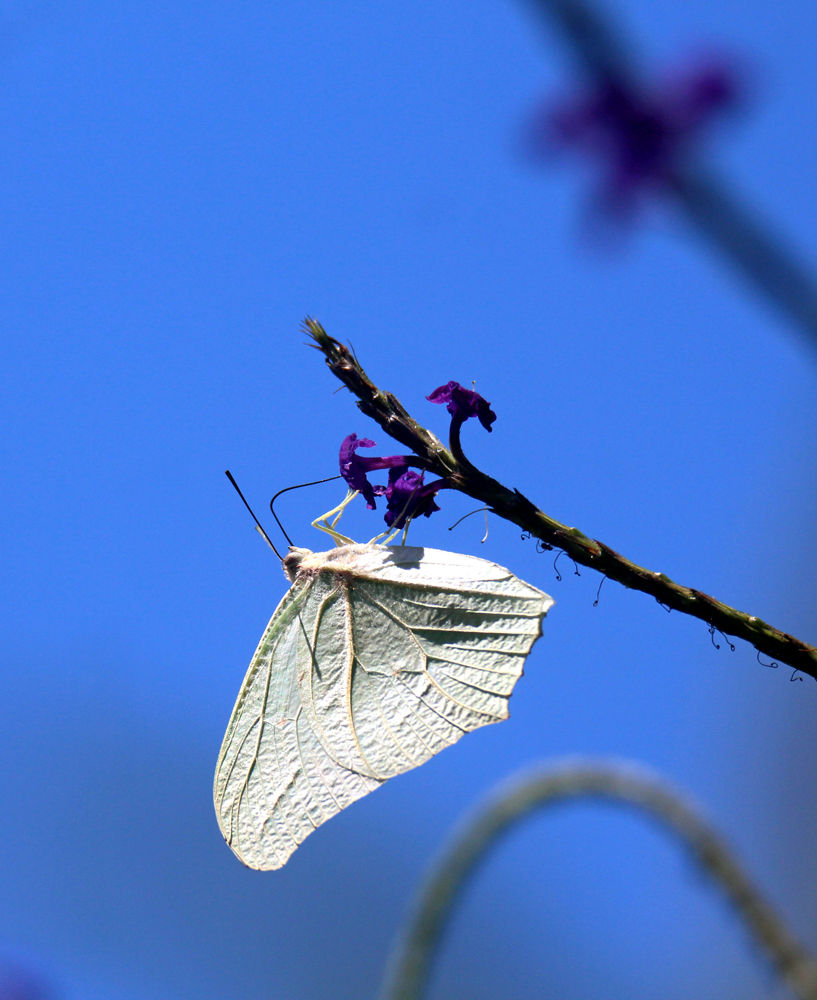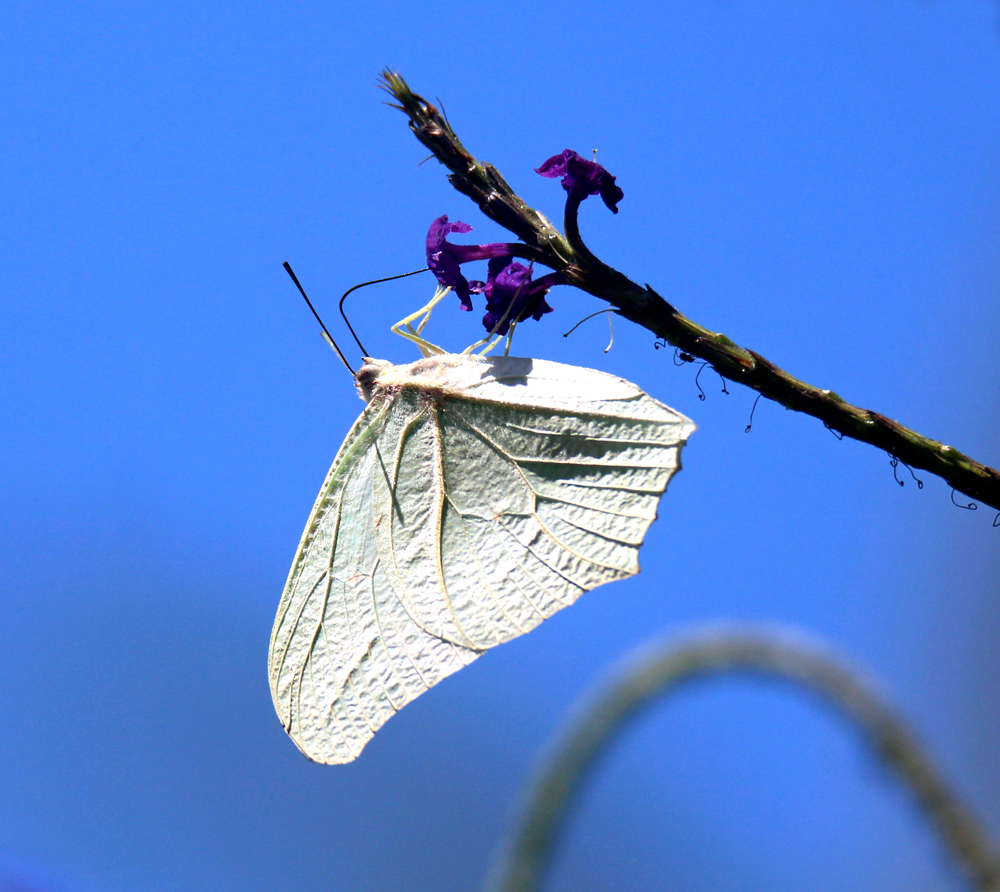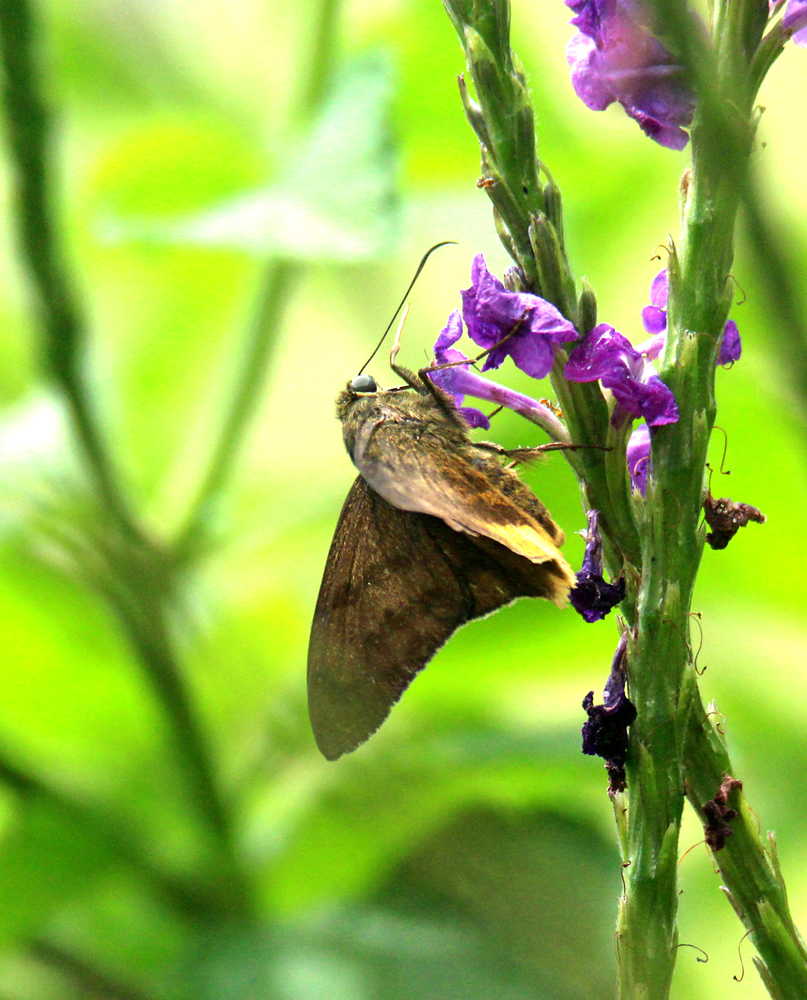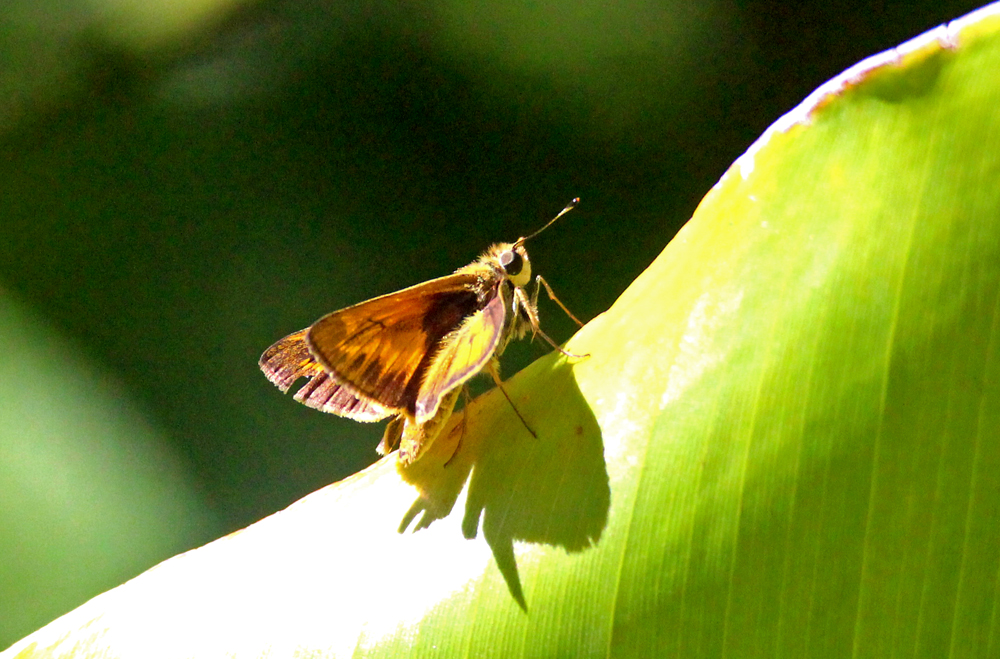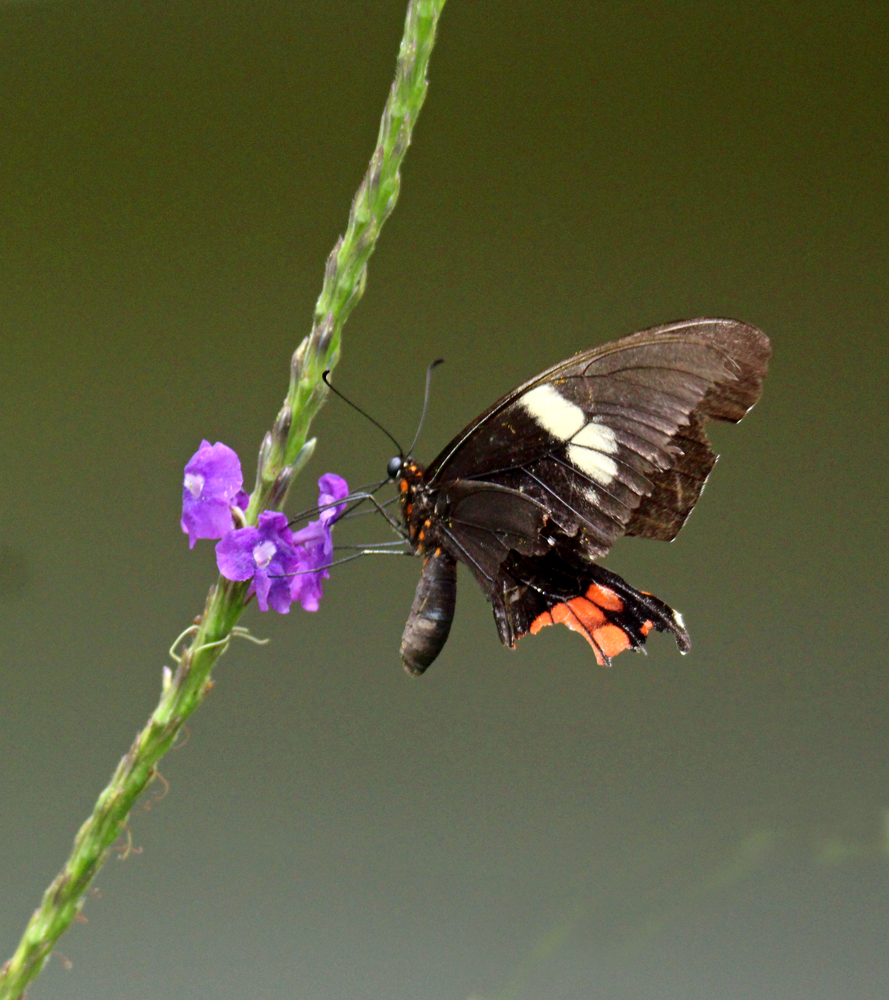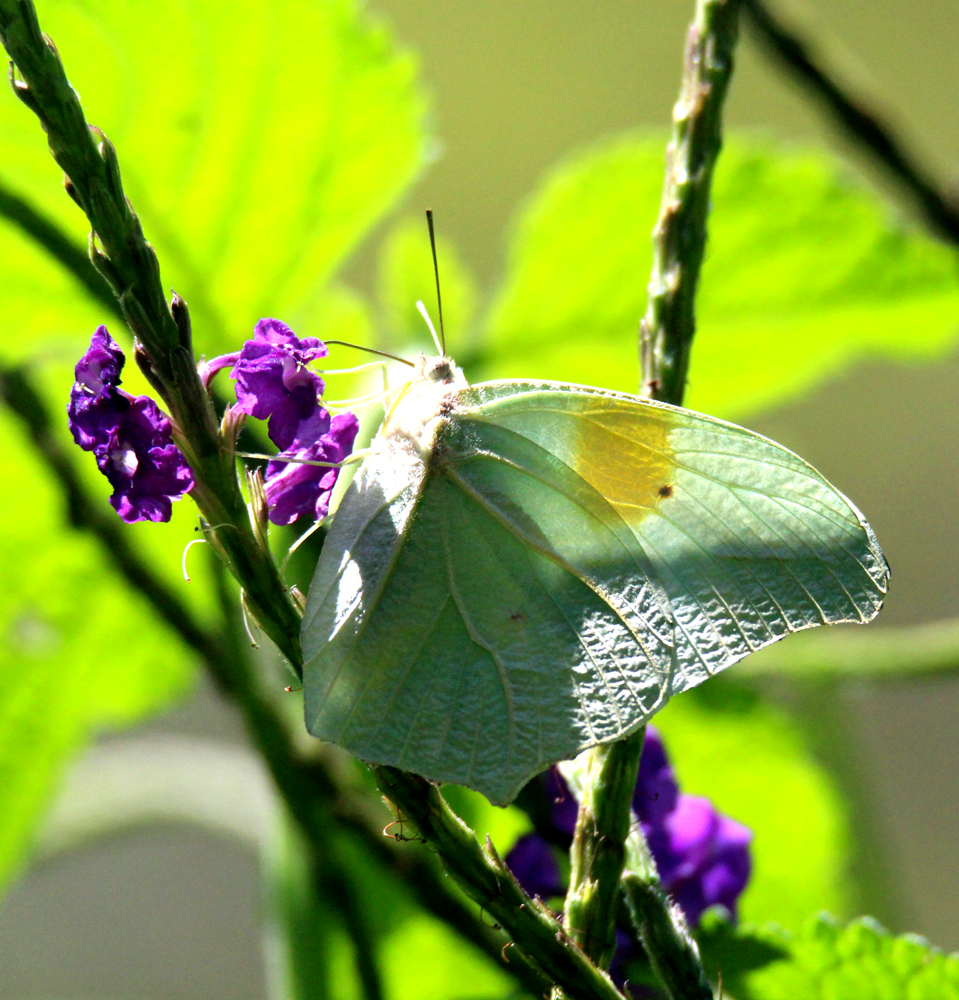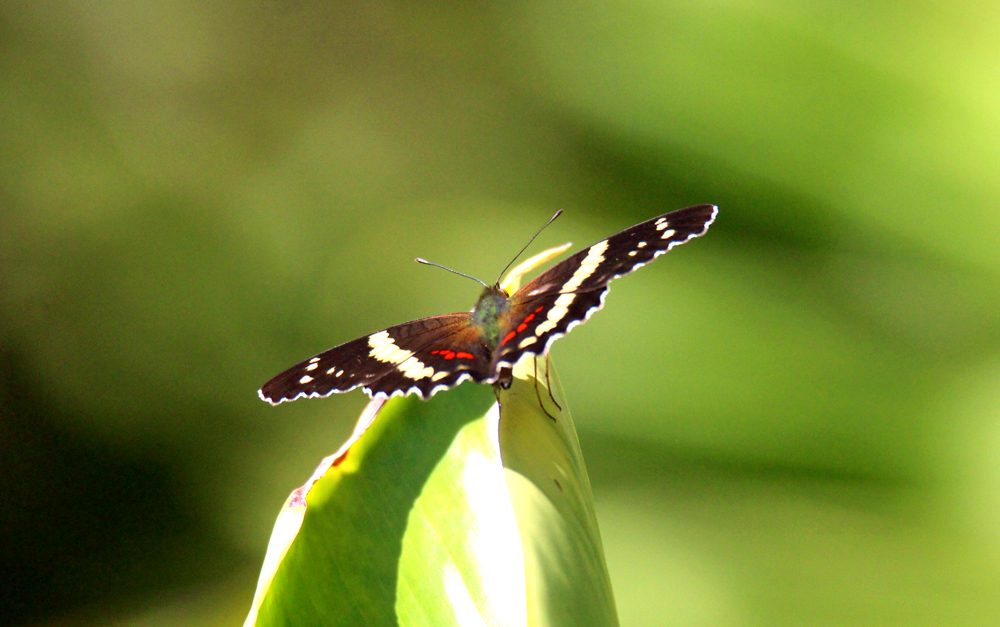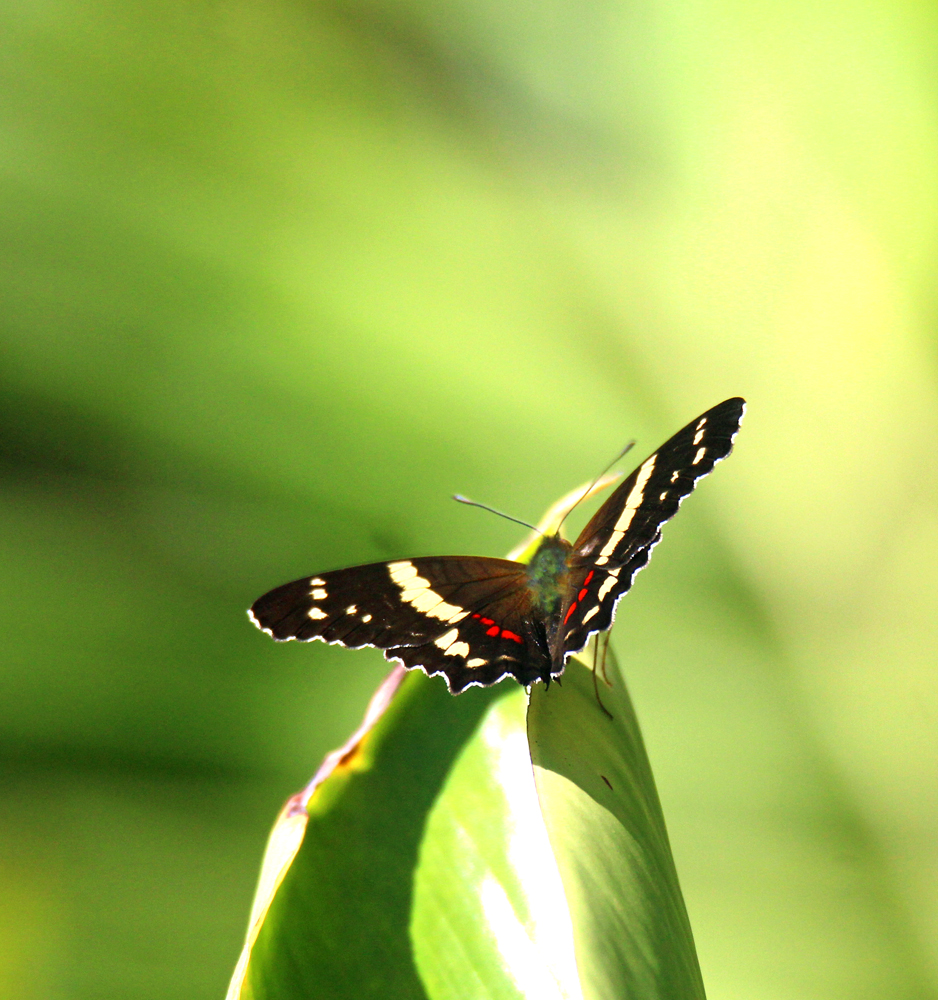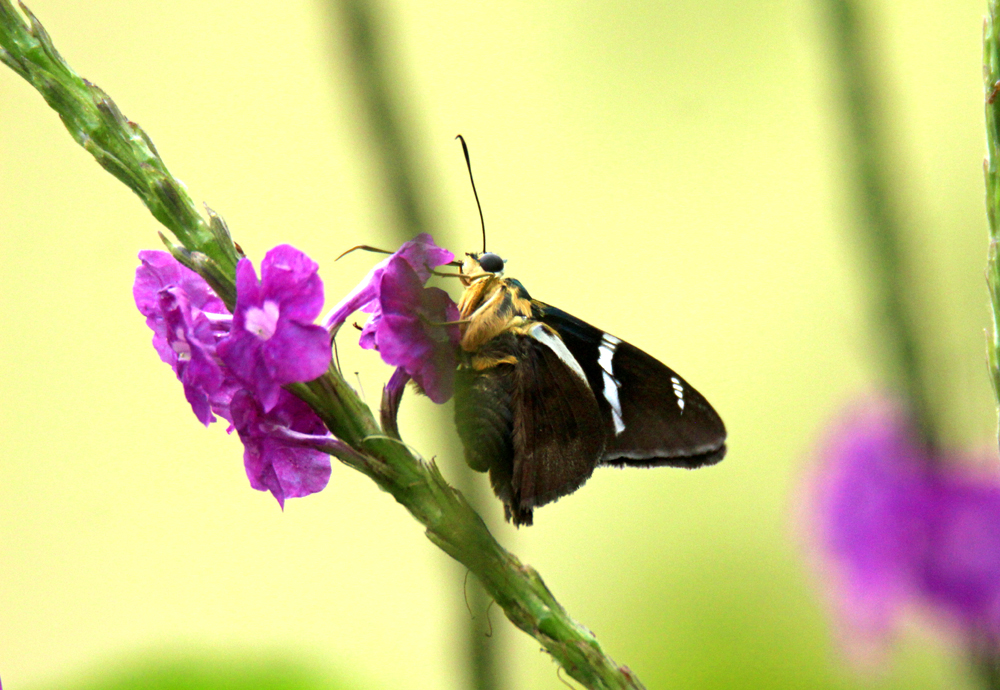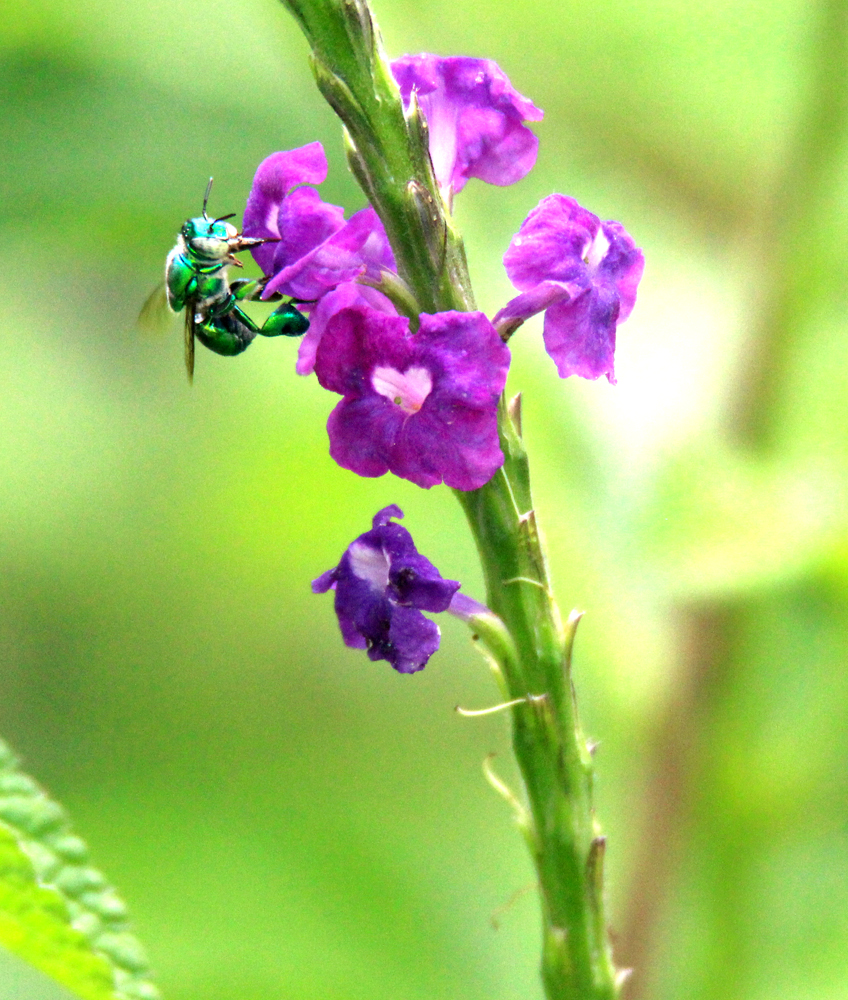Mostly my real time journal and blog posts plus photos and other information that is meant to be inspirational for someone else going through cancer, especially my specific Parotid Tumor Cancer with 68 pages and 87 photos, including a few of my nature posts during that time. 🙂
I also emphasize the value of nature in healing for me. And the title “True Grit” is explained in the book and on back cover, kind of funny! 🙂
You can see a free electronic preview at https://www.blurb.com/b/10778284-true-grit Or click the cover image below:
You can also browse through all my nature photo books while in the bookstore or click on Bookstore on the menu bar above.
¡Pura Vida!
